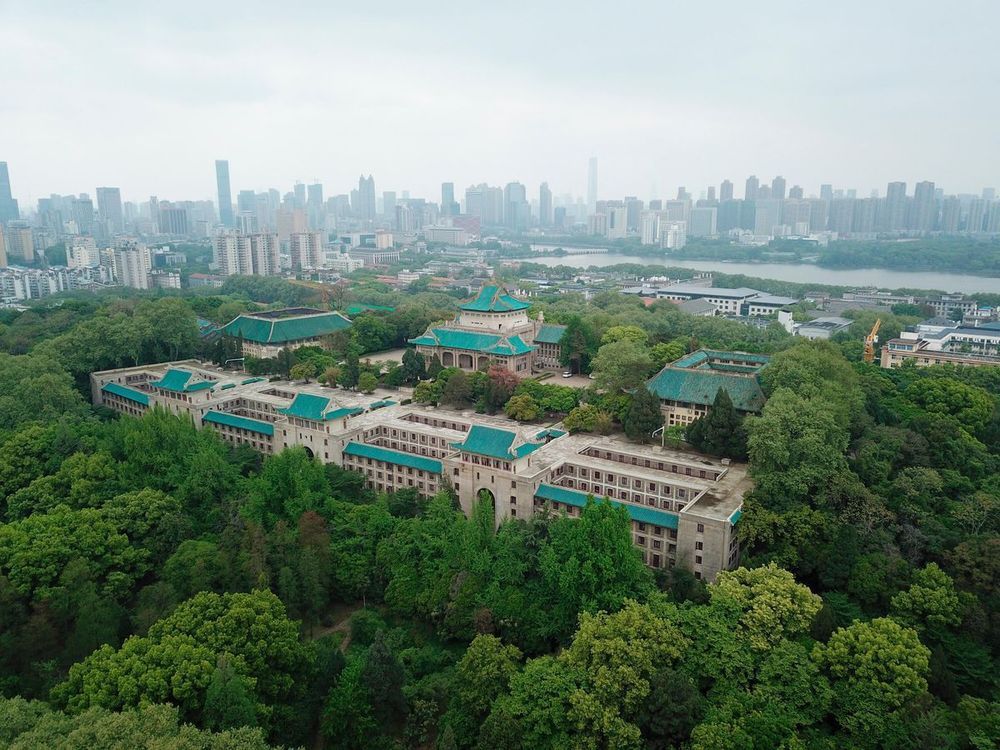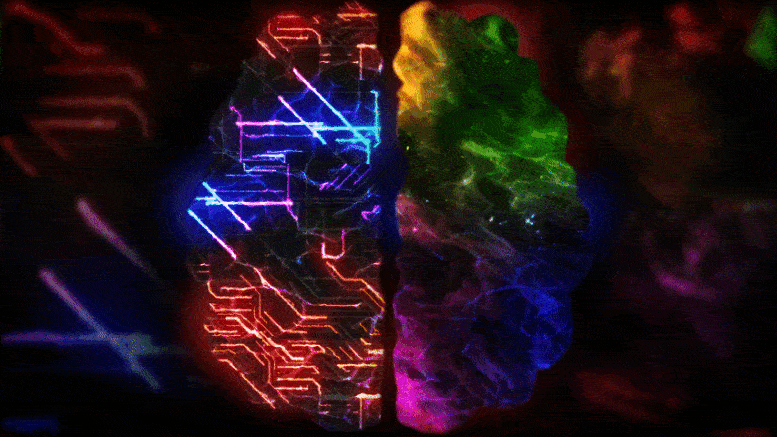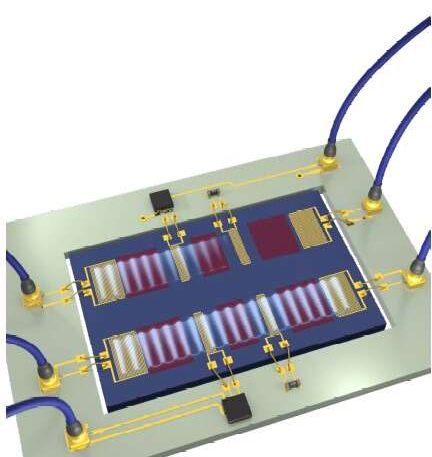Jun 7, 2020
‘Incredible’ rocket control console progression leaves even Elon Musk highly impressed
Posted by Genevieve Klien in categories: Elon Musk, space travel
Two NASA astronauts last Sunday entered the International Space Station (ISS) from SpaceX’s Dragon spacecraft after a historic launch from the Kennedy Space Center in Florida, marking the dawn of a new age in commercial space travel. The National Aeronautics and Space Administration (NASA), which is the agency for space research, aeronautics and related programmes in the US and the pre-eminent such agency of its kind, alongside the ESA, JAXA, China’s space agency and India’s ISRO, confirmed the arrival of astronauts Bob Behnken (49) and Doug Hurley (53) at the ISS.
A spaceship with only touch screen controls
One of the most fascinating aspects was that both the astronauts became the first astronauts launched to space on a privately-owned rocket and they also became the first to pilot a spaceship using only touchscreen controls. SpaceX’s Crew Dragon refrained from using the infamous maze of manual controls and switches found on retired spacecraft like the Space Shuttle or the Apollo command modules.

















